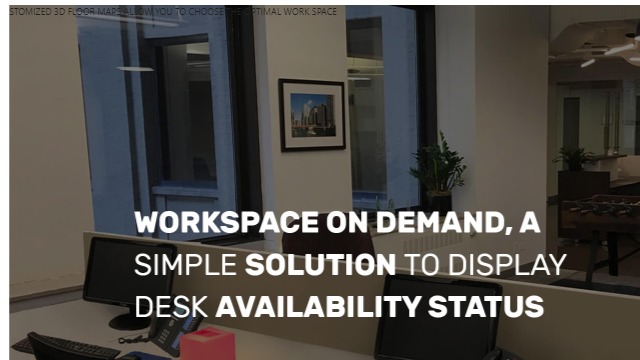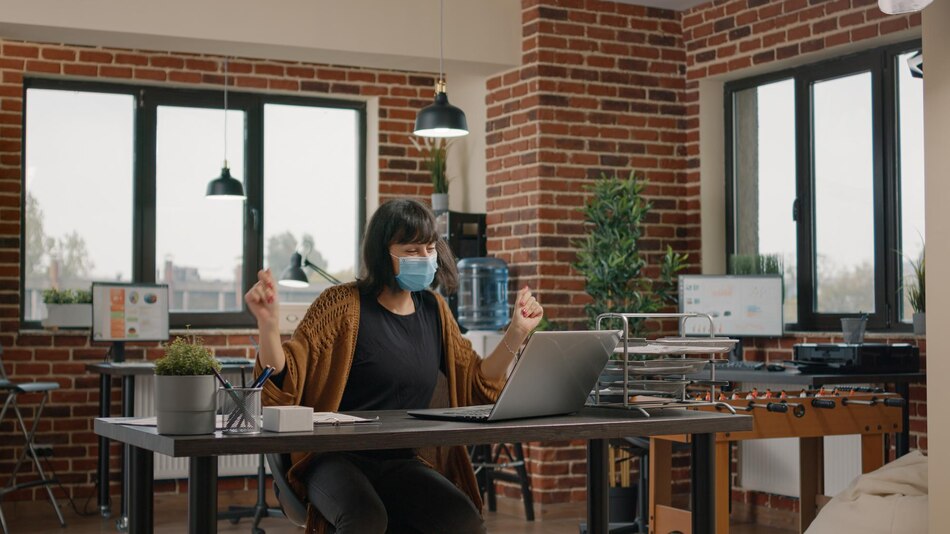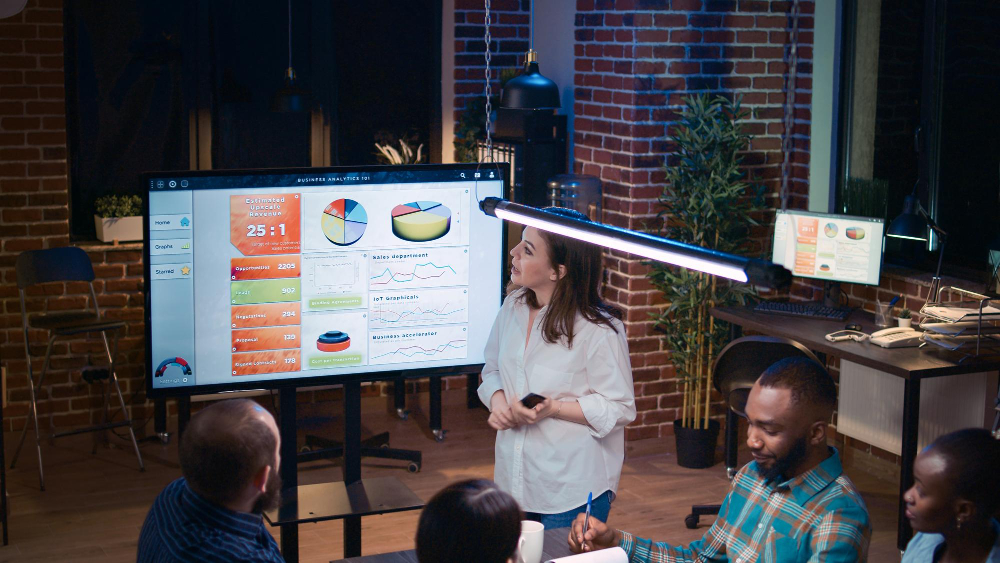
Charting your back to work strategy: Keeping physical distancing in mind for workplace seating
When the COVID-19 dust finally settles – as near as it will ever! – companies will have to face a new workplace reality: How do we accommodate our staff back to work, yet keep physical distancing front and center. And, as employers start putting these strategies together, they’ll need all the help they can get. Thankfully, DeskFlex, with its innovative social distancing tools software for office hoteling and workspace asset scheduling, has a solution.
In the aftermath of COVID-19, physical distancing will be around in workplaces for a while. While many employees may head back to the office, others may still exercise their option to work remotely. Unfortunately, most workplaces aren’t built or laid out to organically support teams working together – but apart!
And that’s the number one challenge for employers strategizing to welcome thousands of staff back to work soon. Some strategies, contemplated by employers, include:
These strategies might work well for workplaces that have a limited number of staff- ten, twenty or so. But what do you do to ensure social distancing in organizations employing a hundred or more staff? How do you tape off or stick paper notices in multi-floor office locations? It’s difficult to visualize, plan, implement and monitor such an initiative manually.
So, what’s the solution? Visual mapping integrated with room booking software!
Custom 3D Floor Maps
Most organizations have up-to-date floor maps and seating plans of their workspaces. With DeskFlex customized 3D Floor Mapping, employers can now transform those manual/analogue maps into powerful visual aids to help with planning back to work seating.
Once digitized, and integrated with the corporate calendar software like Microsoft Exchange or Active Directory, planners will have a real-time view of what the office looks like – at any given point in time:
Visually color-coded cues highlight the status of each workspace, letting planners instantly see where staffing density appears to be high. To enforce social distancing, Administrators may “reserve” (Red cue) every other desk in advance, so staff don’t unknowingly book them for use. Staff can also be quickly reallocated to workspace that keeps people apart in line with the company physical distancing policy.
Giving staff flexibility
Customized 3D Floor Mapping allows staff to quickly change seating, if required, to ensure they have seating in proximity of their respective teams. Admins can pull up the 3D map of the entire floor, and quickly locate appropriate free space, where available, to safely accommodate staff seating requests.



















































 Support
Support  Demo
Demo  Blog
Blog 


